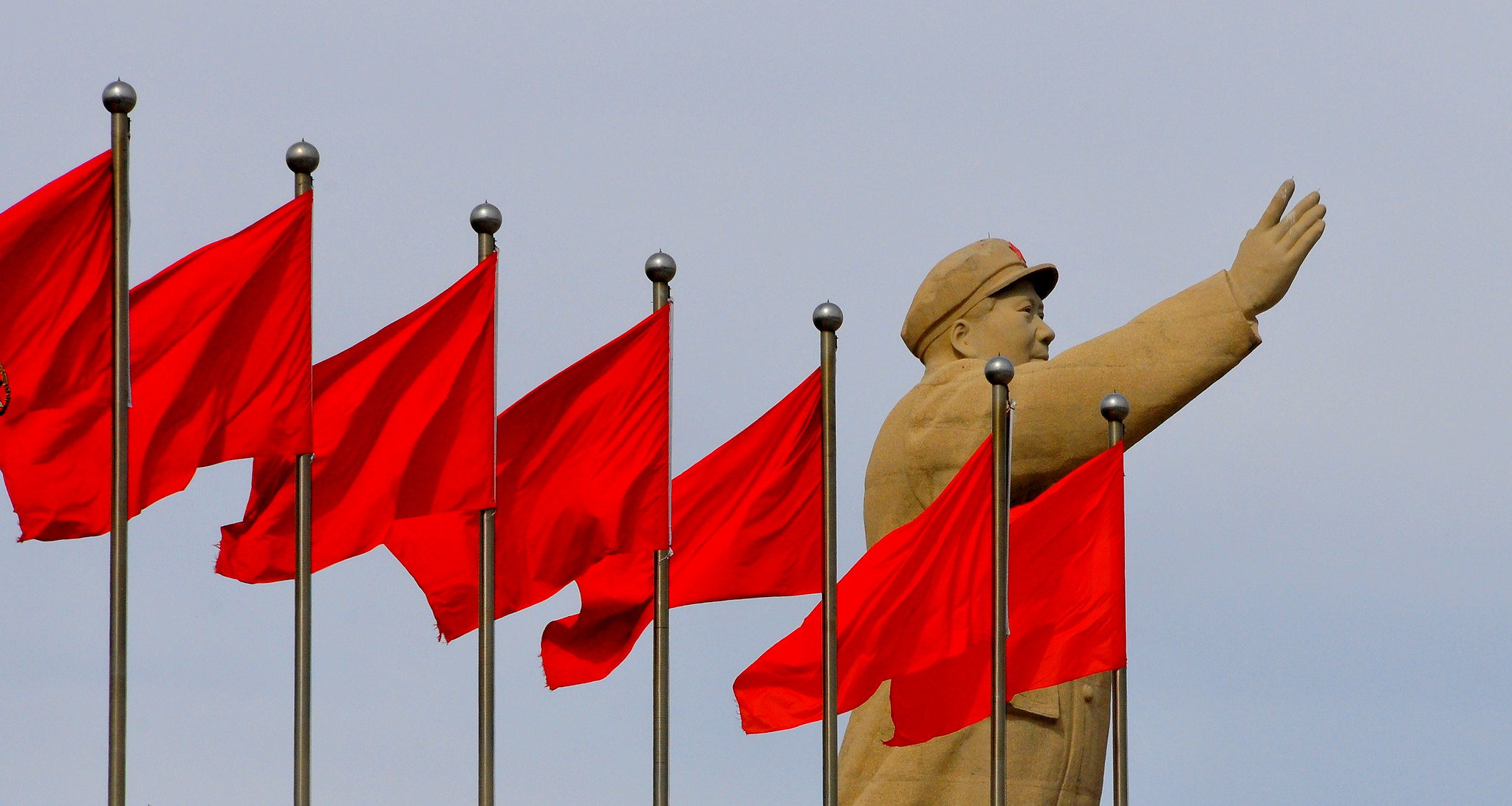- cross-posted to:
- news@beehaw.org
- cross-posted to:
- news@beehaw.org
Instead, state media and officials highlight Xinjiang’s economic development as evidence of the success of past policies, promoting a Chinese concept of human rights that prioritizes the right to development and survival as fundamental. The [Chinese Communist Party] CCP views development as a pre-condition for the realization of human rights […]
The economic development in Xinjiang is undeniable [yet] it remains questionable how much Uyghurs and other minorities genuinely benefit from these projects and what the true cost of this development is.
[…]
The CCP’s focus is on showcasing the achievements of China’s approach to human rights through the promotion of development, with Uyghurs increasingly highlighted not only in the context of poverty alleviation, but also as representatives of a minority group benefiting from Chinese development policies and as symbols of a unified Chinese identity.
[…]
In recent years, the Chinese government has sought to paint a positive image of Xinjiang by showcasing Uyghur heritage and culture as a major attraction for tourists. Uyghurs are often depicted dancing, celebrating Muslim festivals, and wearing their traditional clothes.
[…]
While the display of cultural heritage is prominently featured in the portrayal of Xinjiang’s development, Uyghur culture is clearly subordinate to Chinese culture. As Pan Yue, director of the National Ethnic Affairs Commission, states, Chinese culture serves as the binding element to create a unified Chinese identity, with ethnic minorities seen as “contributors to Chinese culture.” When officials describe Chinese identity as an inclusive umbrella term, it actually refers to a tightly controlled portrayal of ethnic minority cultures, limited to showcasing the success of a unified Chinese nation. This is not only achieved through external propaganda but (unsurprisingly) also through repressive policies aimed at assimilating and Sinicizing ethnic minorities.
[…]
While Chinese state media showed images of Uyghurs celebrating Eid al-Fitr (the end of Ramadan), the reality has been that Muslims could not freely practice their religion.
[…]
Schools and training institutions were prohibited from offering religious services to students. They were also required to distribute surveys asking students about their family’s habits, including whether they fast. Lectures on maintaining social order and stability, as well as health-related topics emphasizing regular meals, were scheduled during the hours of breaking the fast. These measures and restrictions were not only directed at Uyghurs, but also targeted Muslims in other provinces, such as Gansu.
[…]
Beijing invites journalists, politicians and researchers from various countries to “see Xinjiang with their own eyes” on carefully orchestrated tours designed to internalize and spread images and stories of improved living conditions and the preservation of Uyghur heritage to an international audience. As the Chinese government faces reputation damage from allegations of human rights violations in Xinjiang, the portrayal of a flourishing economy alongside a pro-active construction of a unified Chinese identity acts as a strategy to win the “hearts and minds,” particularly in Arab countries and the Global South. This narrative aims to project a message of a rapidly developing, diverse yet united Xinjiang under CCP leadership, contradicting Western accusations and presenting an alternative model to Western concepts of human rights and development.
Political decision-makers in Europe and beyond should be mindful of the intertwined reality of economic development and forced assimilation when addressing the situation in Xinjiang. What the Chinese state media share in hundreds of articles as a success story of human rights in Xinjiang is, in fact, a CCP-approved narrative. This narrative selectively preserves certain cultural aspects to showcase the success of China’s concepts and values, particularly emphasizing the prioritized role of the right to survival and development as central to human rights. Recipients of this narrative should recognize that the concepts of “normalization” and “maintaining social stability” for development primarily serve the interests of the CCP, not those of the Uyghurs and other minorities. Ultimately, they [Uyghurs] only benefit from Xinjiang’s development as long as they conform to the image that the CCP crafted for them.


